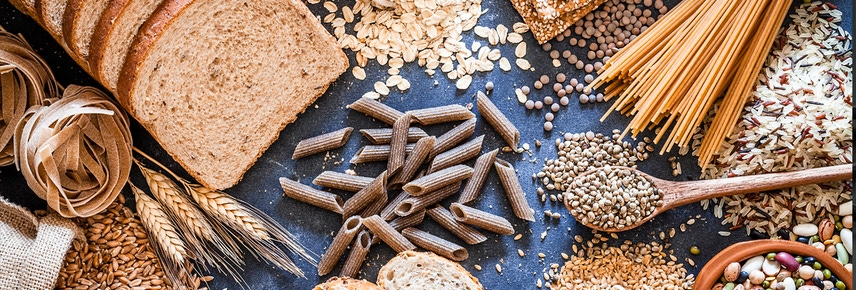
Could your ‘taste genes’ be sabotaging your healthy diet?
Think coriander tastes like soap? Do you turn your nose up at capsicum? You can call it your genetic quirk. It turns out, like eye or hair colour, how we taste certain food is passed down in our DNA.
A new study of more than 6,000 adults presented at the 2022 American Society for Nutrition Conference found that taste-related genes may play a role in determining food choices, in turn influencing heart health.
Researchers looked at ‘polygenic taste scores’ to show how genes impact our unique perception of taste – whether bitter, salty, sweet, sour, or umami (savoury). They also looked at diet quality and heart health risk factors.
The study found participants scoring high for “umami” ate fewer vegetables, especially orange and red varieties like carrots and capsicums, while those with a high “bitter” score tended to eat fewer wholegrains, as many as two fewer servings a week – in both cases missing out on foods with proven associations to heart health.
You may think participants with a higher ‘sweet’ score would fare the worst but they actually had lower triglyceride concentrations – a type of fat that can harden arteries and increase the risk of heart attack.
Lead researcher Julie Gervis said we knew taste was one of the fundamental drivers of what we choose to eat and, by extension, our diet quality.
“Considering taste perception could help make personalised nutrition guidance more effective by identifying drivers of poor food choices and helping people learn how to minimise their influence,” said the doctoral candidate at the Jean Mayer USDA Human Nutrition Research Centre on Aging at Tufts University.
In other words, while we don’t always choose foods that are good for us, we do always choose foods that taste good to us. So being able to hack our tastebuds, might just help us make healthier food choices.
Higher intakes of vegetables are associated with lower risk of weight gain, heart disease, some cancers, type 2 diabetes and age-related health decline, but just 8.2% of Australian adults eat the recommended 5 or more serves of veggies a day.
Sanitarium dietitian Eliza Baird shares 3 simple tips for tricking your ‘taste genes’ and increase your veggie intake.
1. Swap sad salads
Instead of boring salads made of greens, tomato and cucumber, switch it up with other simple three ingredient salads that win on the flavour front. Some of my favourite combinations are:
- avocado, sweet corn and capsicum
- pumpkin, feta and spinach
- rocket, pear and parmesan
- four-bean mix, capsicum and hummus
And don’t worry about adding a little salad dressing. If it makes it taste better, and you’ll eat more vegetables, that’s only a good thing. My favourite is a squeeze of lemon juice. As well as being a fantastic flavour booster, the acidity in lemon juice can help increase nutrient absorption and lower the glycaemic index (GI) of the meal.
2. Try roasting
Make the most of root veggies that are in season and get sweeter as the cold weather continues. Try roasting for a delicious caramelised flavour and up the tastiness with spices such as cumin on sweet potato. Carrots and parsnips also taste delicious when honey-baked.
3. Get saucy
If it’s cruciferous veg you need help eating more of, you can mask the bitter taste of broccoli and cauliflower by serving them with a nutty satay sauce, a classic cheese sauce or stir through some pesto.

The latest nutrition advice, plus health and wellness tips delivered to your inbox monthly
